Search Images
Browse Content (p. 1378)
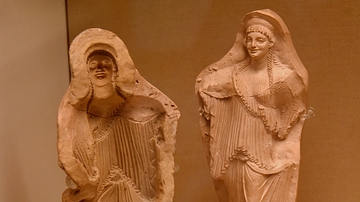
Image
Mould for Terracotta Statuettes
This mould was made for making terracotta statuettes of female figures. A modern cast (right) was taken from the mould. Made in modern-day southern Italy, about 100 BCE. From Taranto, southern Italy. (The British Museum, London).
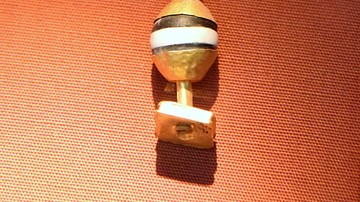
Image
Greek Earring from Crimea
This is one of a set of two earrings. The lion-head terminal in repousse is mounted in a cone of sheet metal with embossed decoration. The loop for the ear was made from three twisted wires soldered together and merging into one. From this...
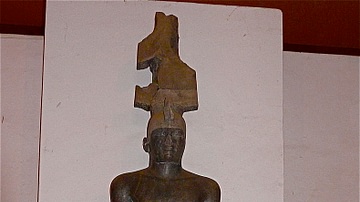
Image
Taharqa
Nubian king Taharqa (c. 690-671 BCE) who is equated with the biblical king Tirhakah from II Kings 19:9 (though this claim is contested). In 671 BCE, Esarhaddon captured Taharqa's family and a number of other nobles and sent them in chains...

Image
The Great Sphinx of Tanis
The sphinx was inscribed with the names of the pharaohs Ammenemes II (12th Dynasty, 1929-1895 BC), Merneptah (19th Dynasty, 1212-02 BC) and Shoshenq I (22nd Dynasty, 945-24 BC). According to archaeologists, certain details suggest that this...
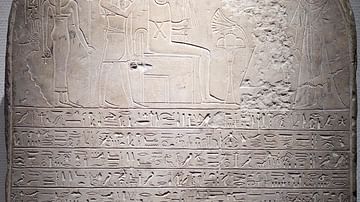
Image
Stela of Herihor
Stela of Herihor, High Priest of Amun at Thebes, c. 1090-1080 BCE. Rijksmuseum van Oudheden, Leiden.
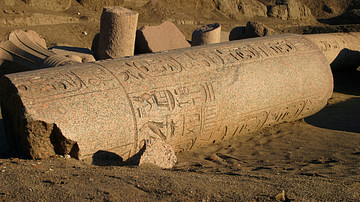
Image
Tanis
The ruins of Tanis, capital of Egypt during the Third Intermediate Period.

Image
Empires of the Mediterranean, 218 BCE.
A map showing the various empires throughout the Mediterranean in 218 BCE.
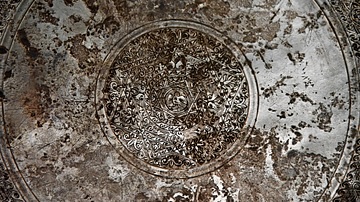
Image
Detail of Sutton Hoo's Anastasius Platter
This Byzantine silver platter is one of the largest to survive from the Byzantine Period. It measures almost 72 centimeters across and weighs 6.5 kilograms. The back is stamped with the control marks of Emperor Anastasius I, who reigned in...
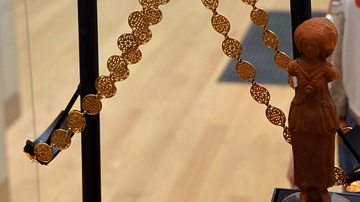
Image
Byzantine Gold Body Chain
This body chains of linked medallions is the largest item of jewellery to survive from the Byzantine Empire. It would have been worn draped over the shoulders and around the hips. In Greek and Roman art, body chains were often associated...
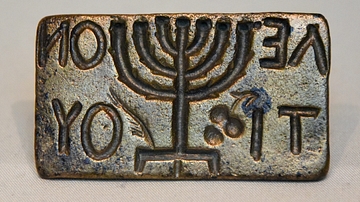
Image
Jewish Bread-Stamp from Sardis
In the Late Roman Period, the Jewish faith was expressed through symbols of personal items in much the same way as for Christianity. The Jewish "Menorah" is depicted on this bread-stamp. The stamp bears the name of "Leontios", which perhaps...